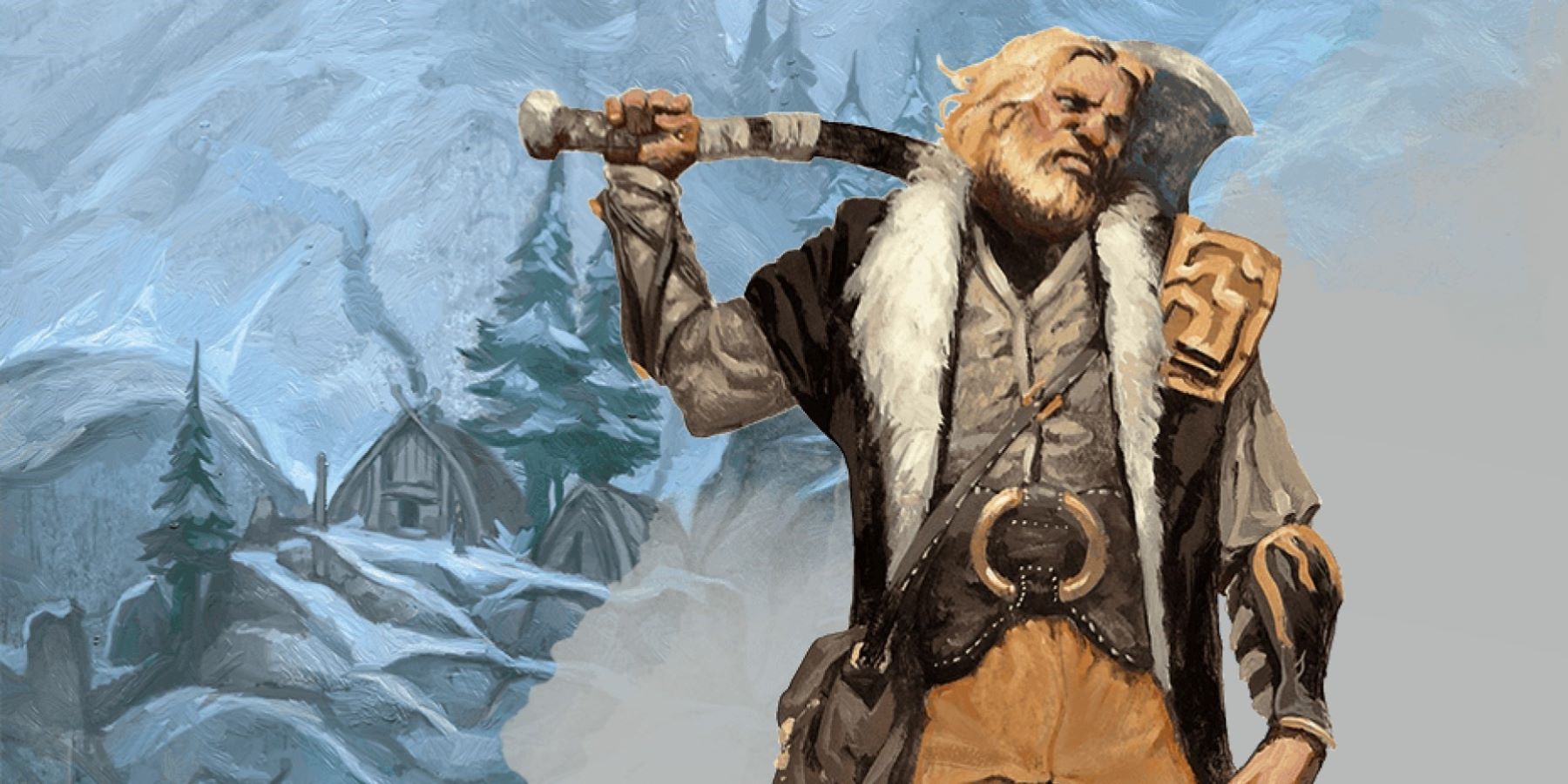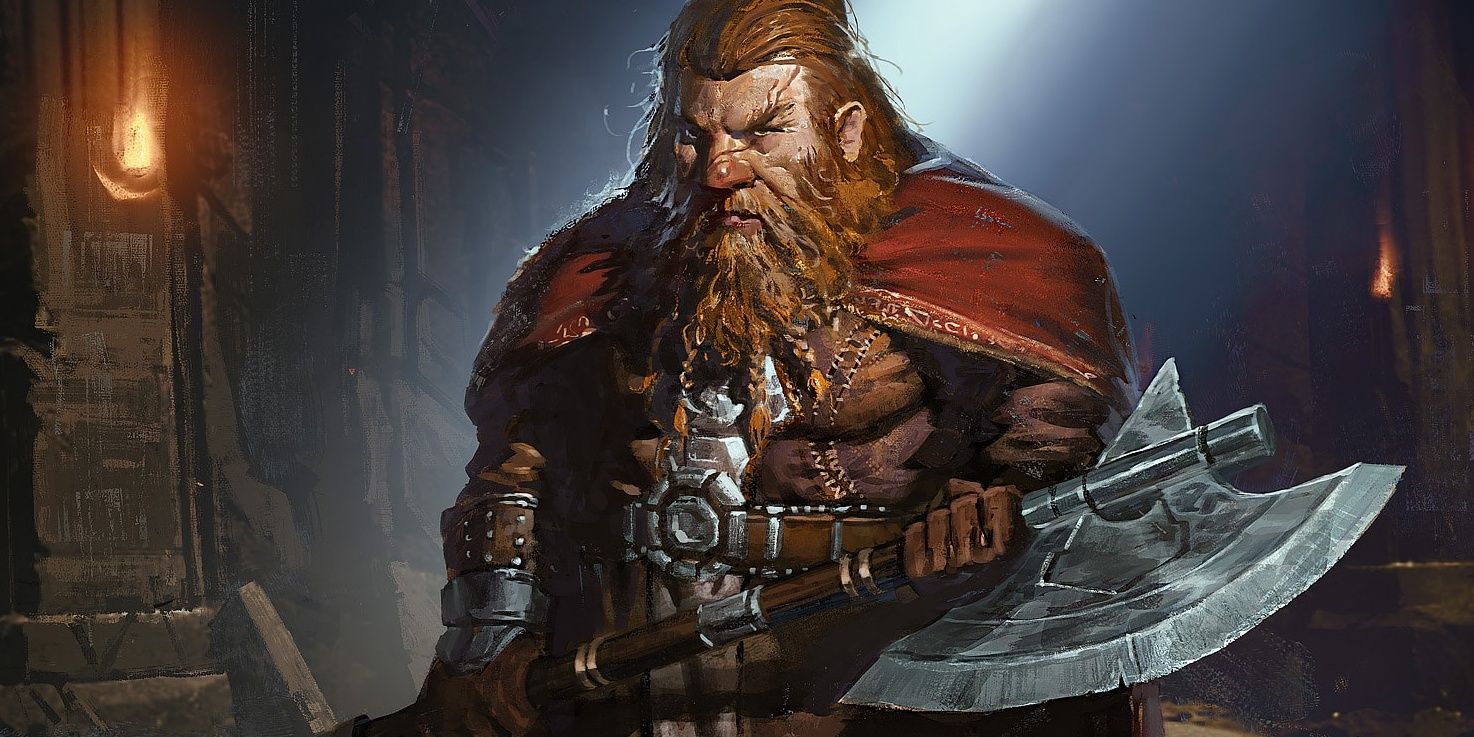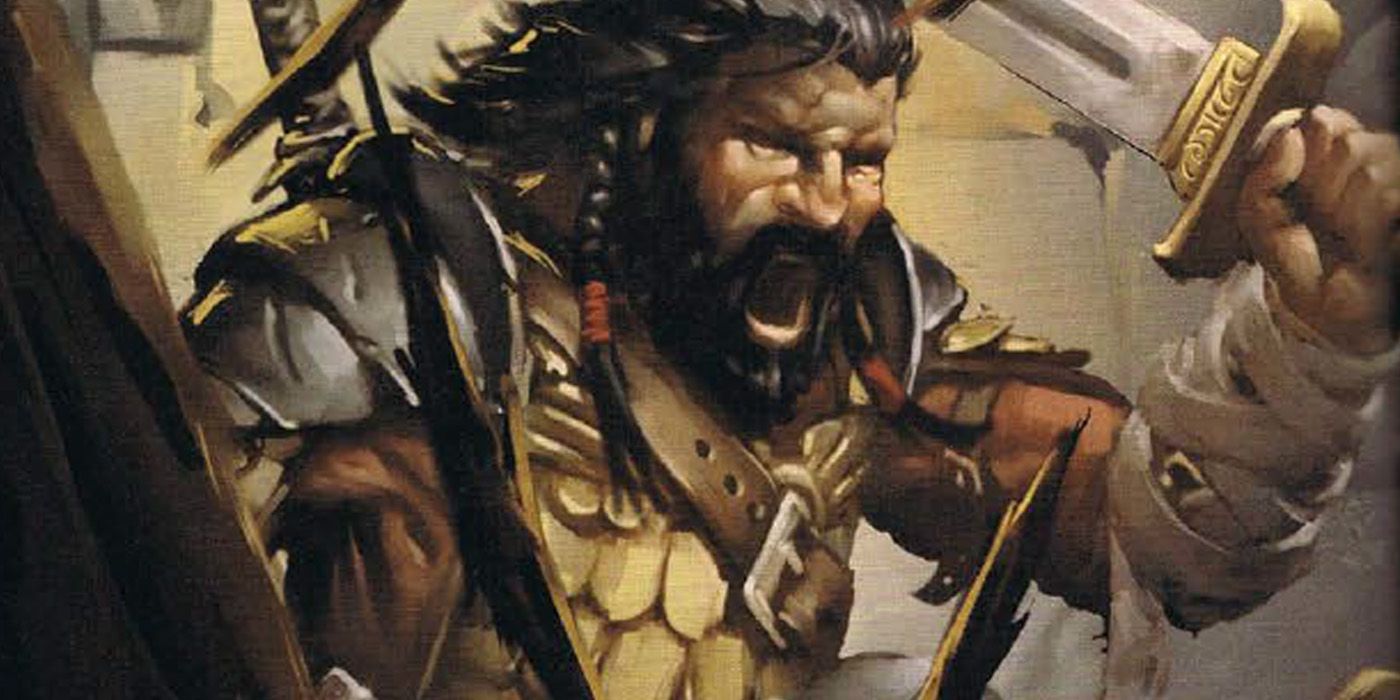The timeless nature of Dungeons and Dragons would suggest that the game is pretty homogenous, having existed in the same form for the last several decades. As Dungeons and Dragons fans know, that couldn't be further from the truth. The game has gone through several iterations that all play differently, overhauling everything from how classes work to what basic skills are available to players. One class that shows just how much Dungeons and Dragons can change between versions is the Barbarian, whose 5th edition version is incomparable to its 4th edition version in a few ways.
At its heart, the Barbarian has always been a conceptually simple class: a furious warrior who channels their rage in battle and cleaves through opponents with extraordinary might. Both the 4e and 5e versions of the Dungeons and Dragons Barbarian adhere to that image, giving Barbarians both damage and durability thanks to their might. However, they take the concept in different directions, both in terms of the role of a Barbarian in a party and the roleplaying possibilities that the class opens up. As Dungeons and Dragons changes over time, so do approaches to even the most straightforward classes, such as the Barbarian.
Major Differences Between 4e and 5e Barbarians
One big difference between Barbarians in these two Dungeons and Dragons editions is their intended role in a party. In 4e, Barbarians belong to the broad class category of strikers, which means they're meant to provide DPS for a Dungeons and Dragons party. That certainly makes sense when one skims through the 4e Barbarian's many brutal damage-dealing powers. In contrast, the 5e Barbarian leans more into being a tank. As opposed to the 4e Barbarian, which has lots of ways to bolster its attacks and take extra swings, the 5e Barbarian mostly focuses on absorbing damage for the party with its Rage and Reckless Attacks. There's some DPS abilities like Brutal Critical, but it's mostly a tank class.
Another interesting change in the Barbarian comes from Dungeons and Dragons' changing ideas about subclasses and the source of a class' power. Whereas 5e Barbarians have a wide breadth of subclasses that change the way Rage works and otherwise modify the class, 4e Barbarians only have the Berserker subclass. Additionally, 4e Barbarians are intended to draw their strength in large part from the primal forces of nature, not unlike a druid. In 5e, Barbarians might get their strength from any number of sources, as subclasses like the divine Zealot suggest. Dungeons and Dragons 4e has a more narrow conception of a Barbarian's strength and role compared to 5e's many flavors of the class, which can affect roleplay, character development, and backstories.
Interestingly, 4e is more flexible when it comes to the mechanics of building a Barbarian than 5e is. That's by virtue of 4e D&D's class system, in which players pick and choose various class-specific powers every time they level up. A 4e Barbarian therefore allows a much greater level of customization than a 5e Barbarian, for whom customization mostly comes from a Barbarian subclass. However, 4e D&D's power system has its shortcomings too. In 5e, Barbarians are a pretty simple class that's easy for a new player to pick up. By contrast, assembling a 4e Barbarian piece-by-piece makes them play almost like a spellcaster, which may put an overwhelming level of responsibility on a new player.
The Many Faces of the Barbarian
It's a little surprising to see how different two takes on the same Dungeons and Dragons class can be. However, it's ultimately a good thing that there's two different ways to play the Barbarian class. Each new representation of a D&D class provides a new perspective that will influence future developers working on the game, giving them new mechanics, themes, and design philosophies to base their ideas on. The differences between 4e and 5e Barbarians depict Dungeons and Dragons' capacity for growth and self-improvement over time. In spite of all their differences, these two versions of Barbarians are still united by their mutual might and love for wreaking havoc in the enemy lines, and there's not much more an axe lover can ask for.



